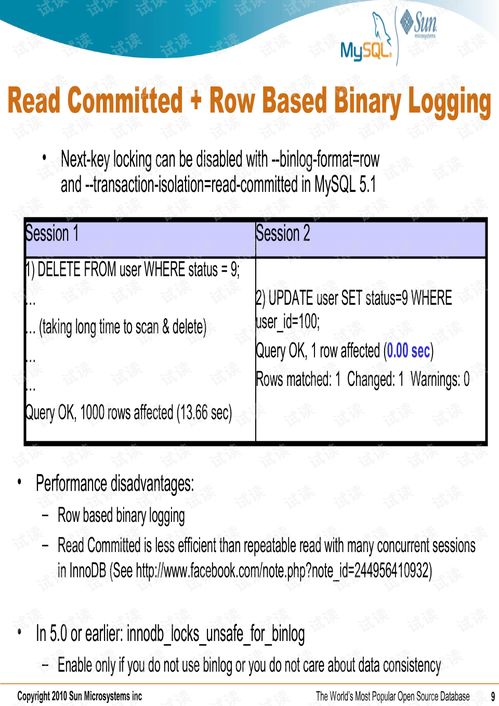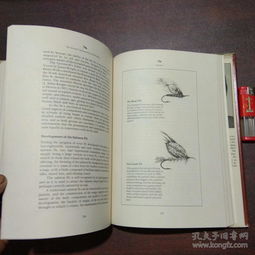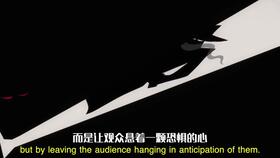Content:
Fishing, an age-old pastime, has always been a source of relaxation and entertainment for anglers around the world. One of the most crucial elements of fishing is the rod and line setup. The way you bind the line to your fishing rod can greatly impact your fishing experience. In this article, we will delve into the art of line binding on fishing rods, providing you with essential tips and techniques to help you master this skill.
Before we begin, it's important to note that the type of fishing rod and line you choose will depend on the type of fishing you plan to do. For instance, fly fishing rods require a different line binding technique compared to spinning rods. With that said, let's dive into the basics of line binding on fishing rods.
Gather your materials
To start, you will need the following materials:
- A fishing rod
- A spool of fishing line
- A line guide (a small loop of material used to guide the line through the rod's guides)
- A needle-nose pliers
- A knife or scissors
Prepare the fishing line
Before you begin, make sure your fishing line is clean and free of any knots or tangles. If necessary, cut the line to the desired length.
Thread the line through the rod's guides
Start by threading the line through the tip top guide on the fishing rod. This is the guide located at the very top of the rod, near the tip. Once the line is through, gently pull it through the remaining guides until it reaches the reel seat.
Tie the first knot
At this point, you should have about 6-12 inches of line sticking out from the reel seat. To begin, tie a simple overhand knot in this line. Make sure the knot is tight and secure, but not too tight as to damage the line.

Thread the line through the line guide
Take the tag end of the line (the end that is not tied in the overhand knot) and thread it through the line guide. This will help keep the line straight and prevent it from tangling.
Tie the second knot
Now, take the tag end of the line and tie another overhand knot, directly above the first knot. Make sure this knot is also tight and secure.
Thread the line through the line guide again
Repeat the process of threading the line through the line guide, as you did in step 4.
Tie the third knot
Take the tag end of the line and tie a third overhand knot, directly above the second knot. Again, ensure that this knot is tight and secure.
Trim the excess line
Once you have tied the third knot, cut the tag end of the line close to the knot. Use your needle-nose pliers to carefully trim any remaining line that is sticking out from the knot.
Secure the line to the reel seat
Finally, take the remaining tag end of the line and feed it through the reel seat. Make sure the line is tight and securely in place. If necessary, use the needle-nose pliers to pull the line tight and prevent it from slipping out of the reel seat.
Congratulations! You have successfully bound the line to your fishing rod. With these essential tips and techniques, you can now enjoy a seamless and productive fishing experience.
In conclusion, mastering the art of line binding on fishing rods is an essential skill for any angler. By following these simple steps, you can ensure that your line is securely attached to your rod, allowing you to focus on what matters most – catching fish. Remember to practice these techniques regularly, as the more you practice, the better you will become at line binding. Happy fishing!












